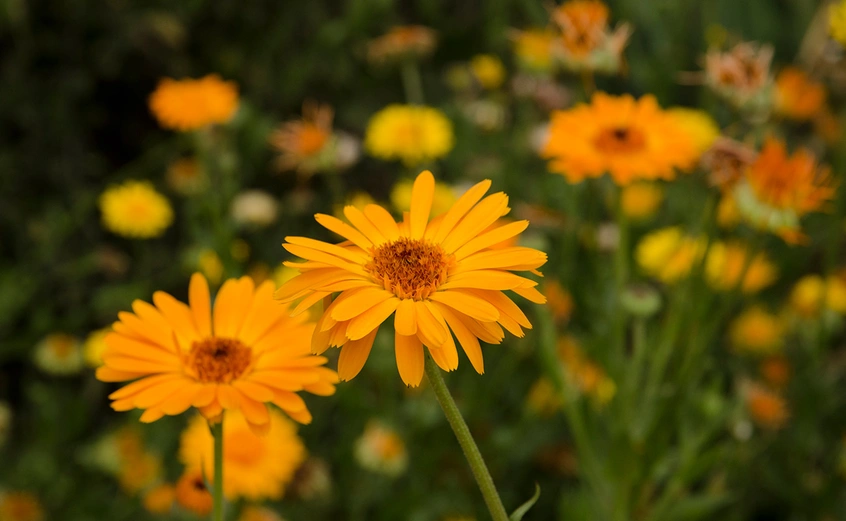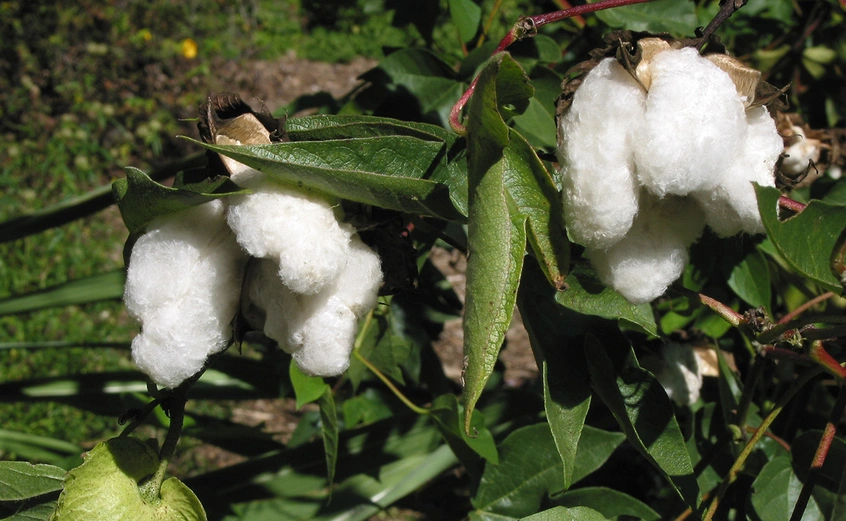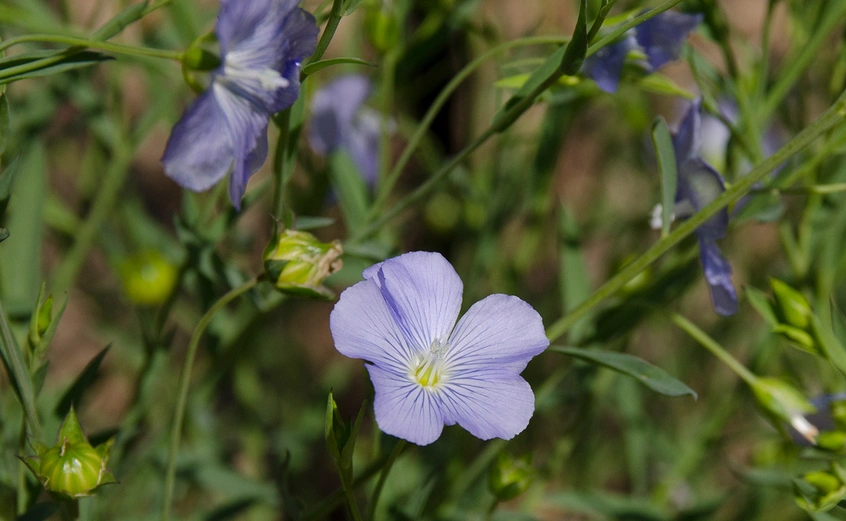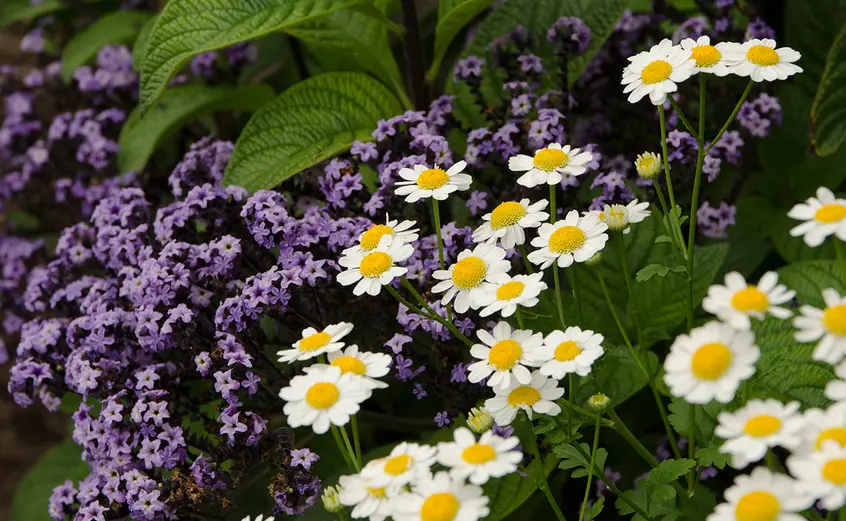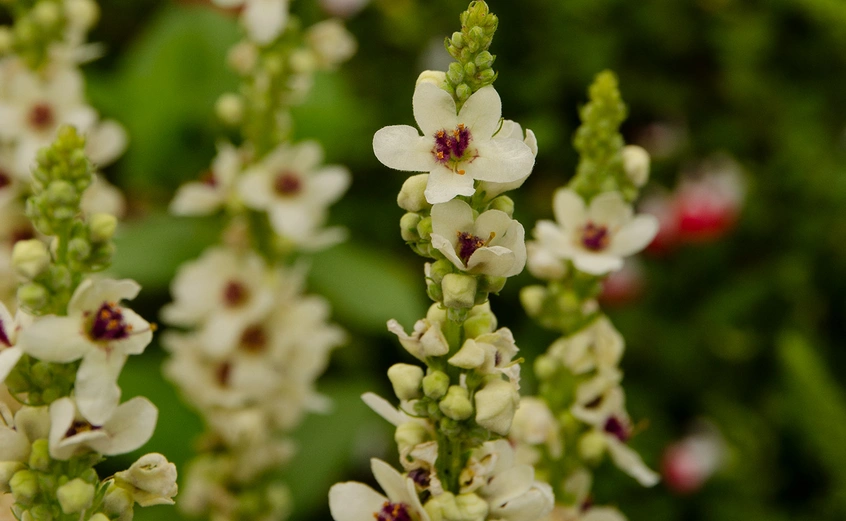
Herb Garden
Plantings in the culinary bed include several kinds of Basil, Tarragon, and Thyme as well as Marjoram, Lemongrass, Lovage, Allspice, and Oregano.
Plants in the tussie-mussie bed include Borage and Sweet Alyssum. Tussie-mussies are small handheld bouquets of scented flowers and herbs that have special meaning for the recipients. Interpretive signs explain the meanings of the different flowers. Borage, for example, means “bluntness,” while the meaning of Sweet Alyssum is “worth beyond beauty.”
Herb Garden Collections
The Southern California climate allows The Huntington to grow many herbs and even some spices not found in traditional herb gardens. These include, but are not limited to, plants that produce coffee, tea, mate, hops, and jojoba. Many larger and shade loving herbs are planted outside the beds, along the perimeter of the garden. Some plants are not included due to size, adaptability, or threat to the environment (invasiveness, toxicity, etc.).
Laurus nobilis, the Sweet Bay, has been used since classical Greek times in cooking and to honor poets. The fleshy leaves of Aloe vera, Medicinal Aloe, have sap that is used to treat burns and skin conditions. Aloysia triphylla, Lemon Verbena, has leaves that are dried and used as a soothing tea.
Gossypium barbadense, Sea Island cotton, in the hibiscus family, is the source of fine long-fibered Egyptian and Pima cottons.
There are two kinds of signs in the herb garden. One lists the botanical and common name of the plant. Other signs have quotations from The Huntington’s fine collection of early herbals with the author’s name and the date of publication.
